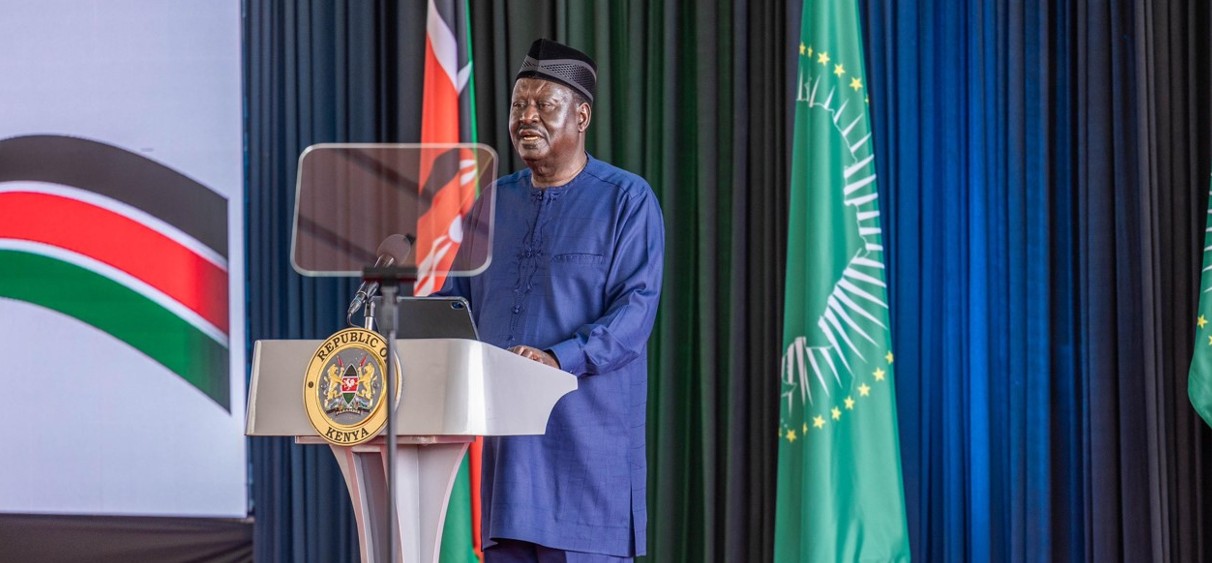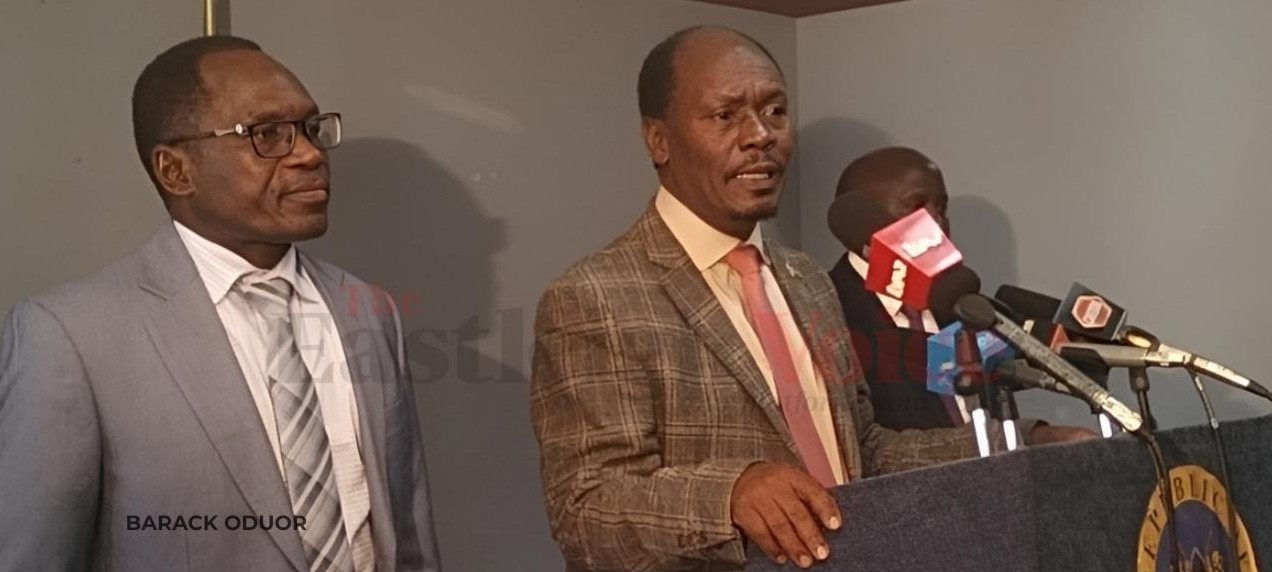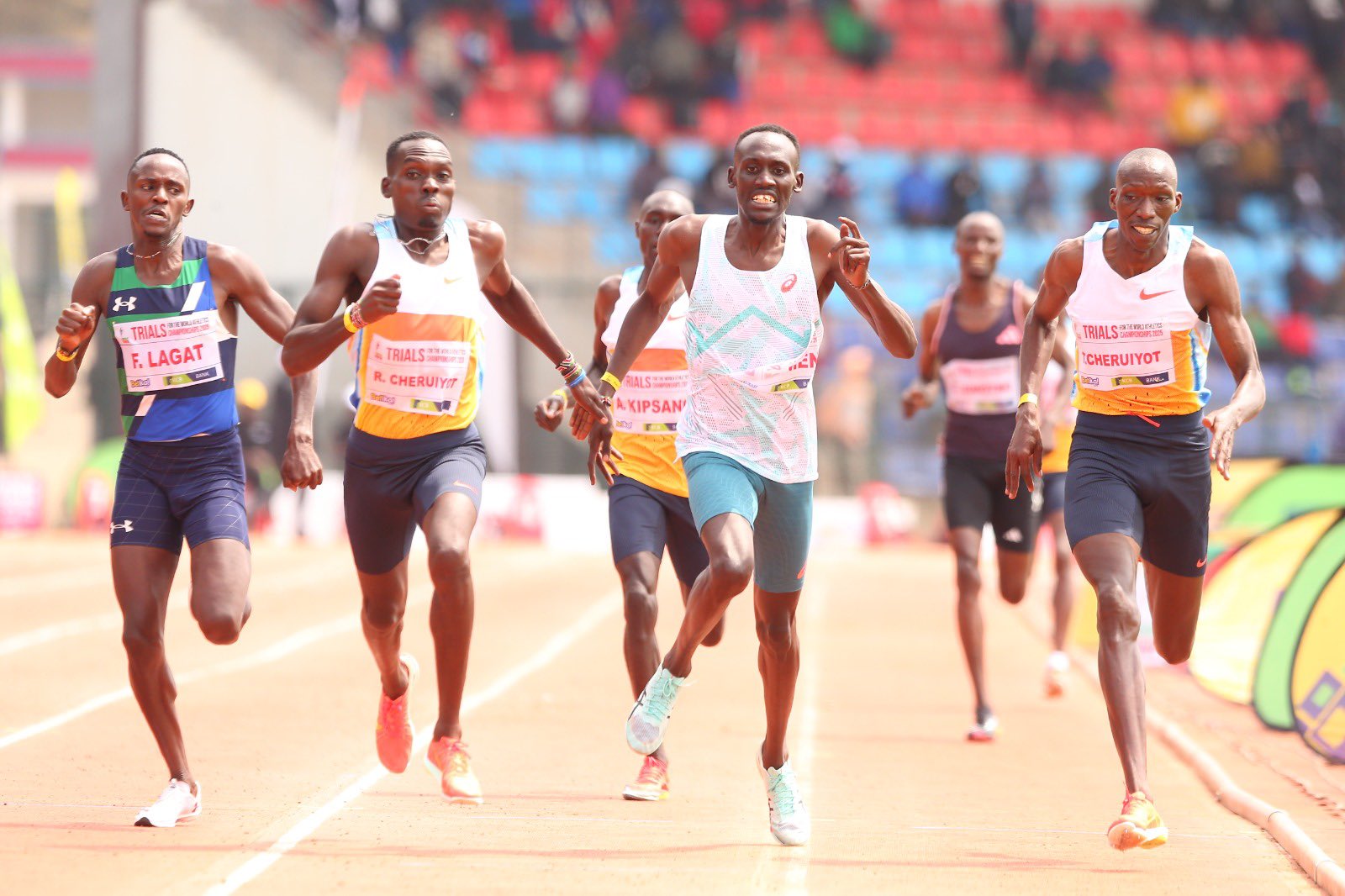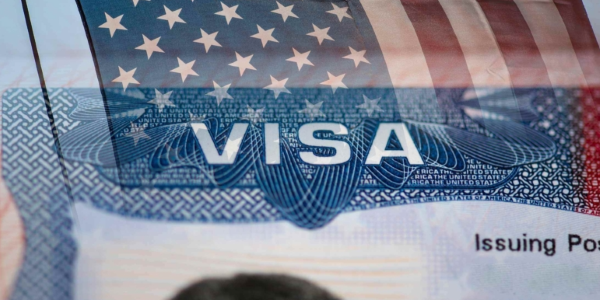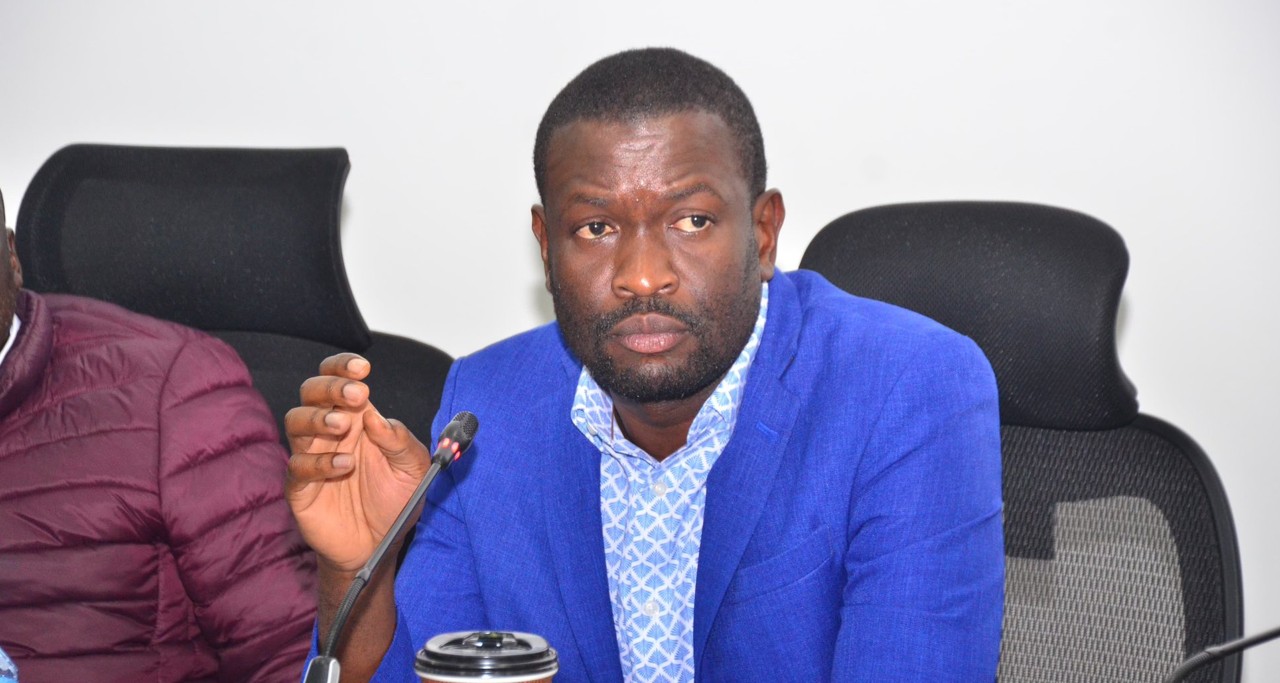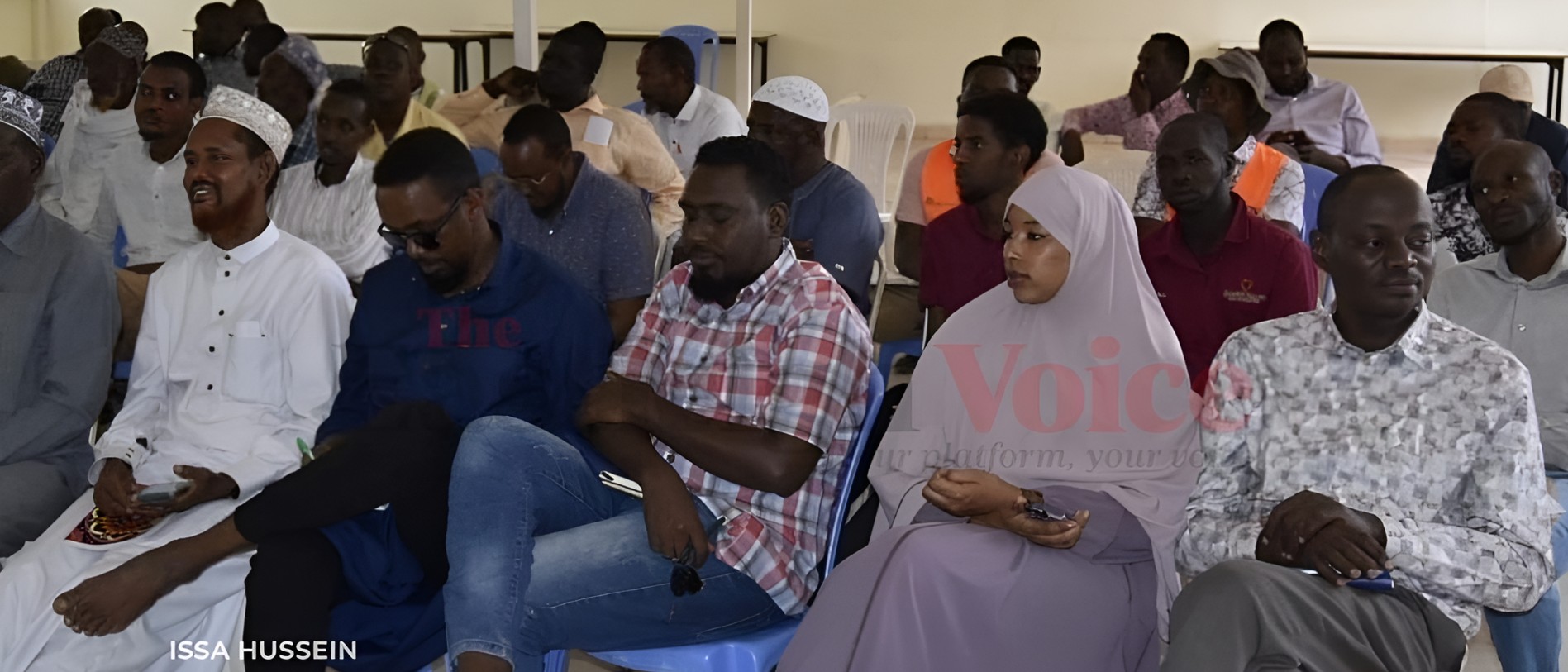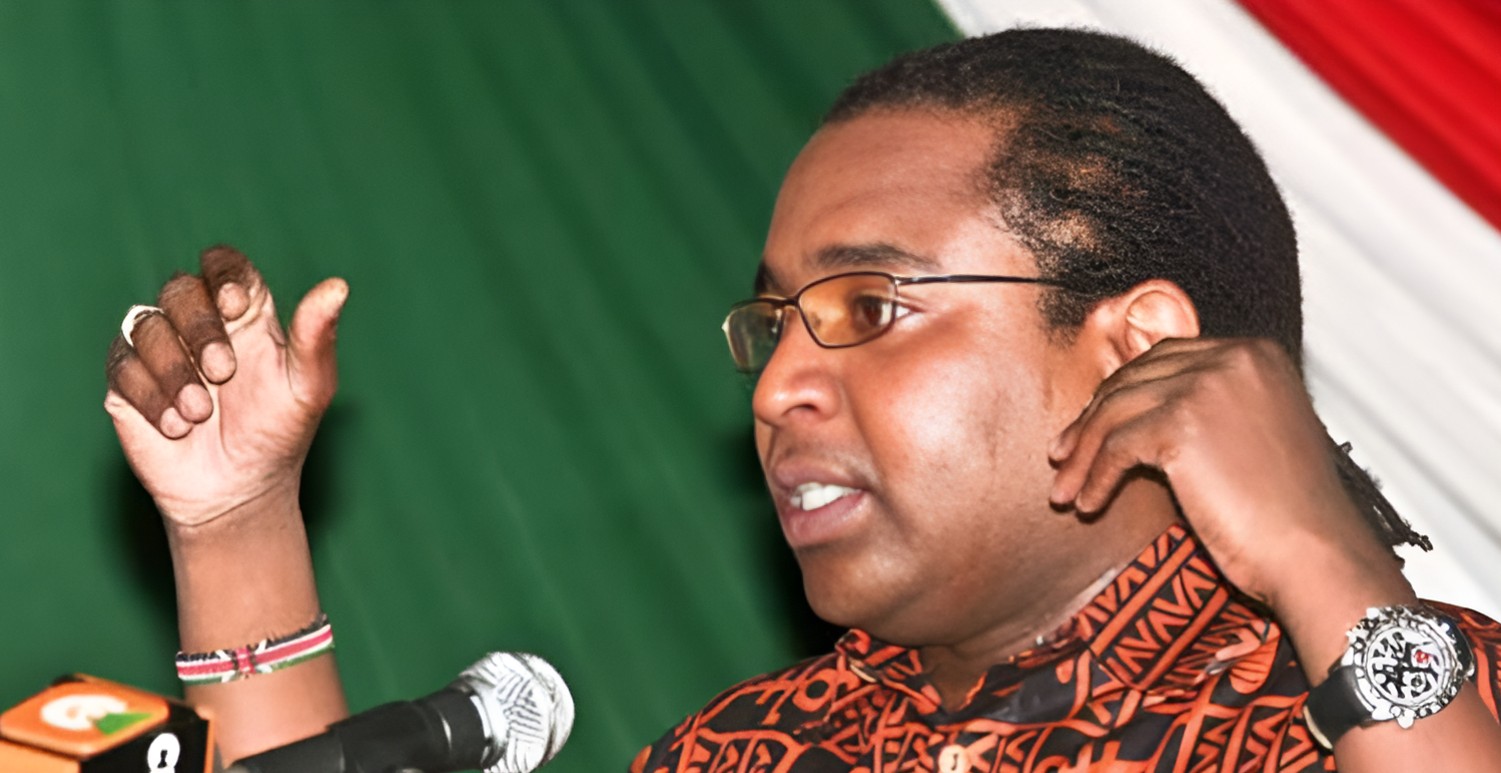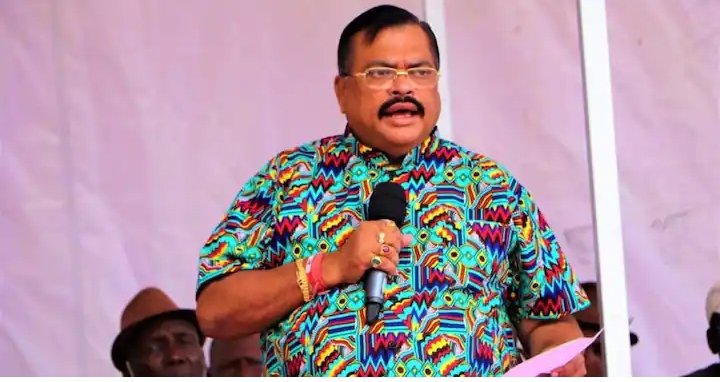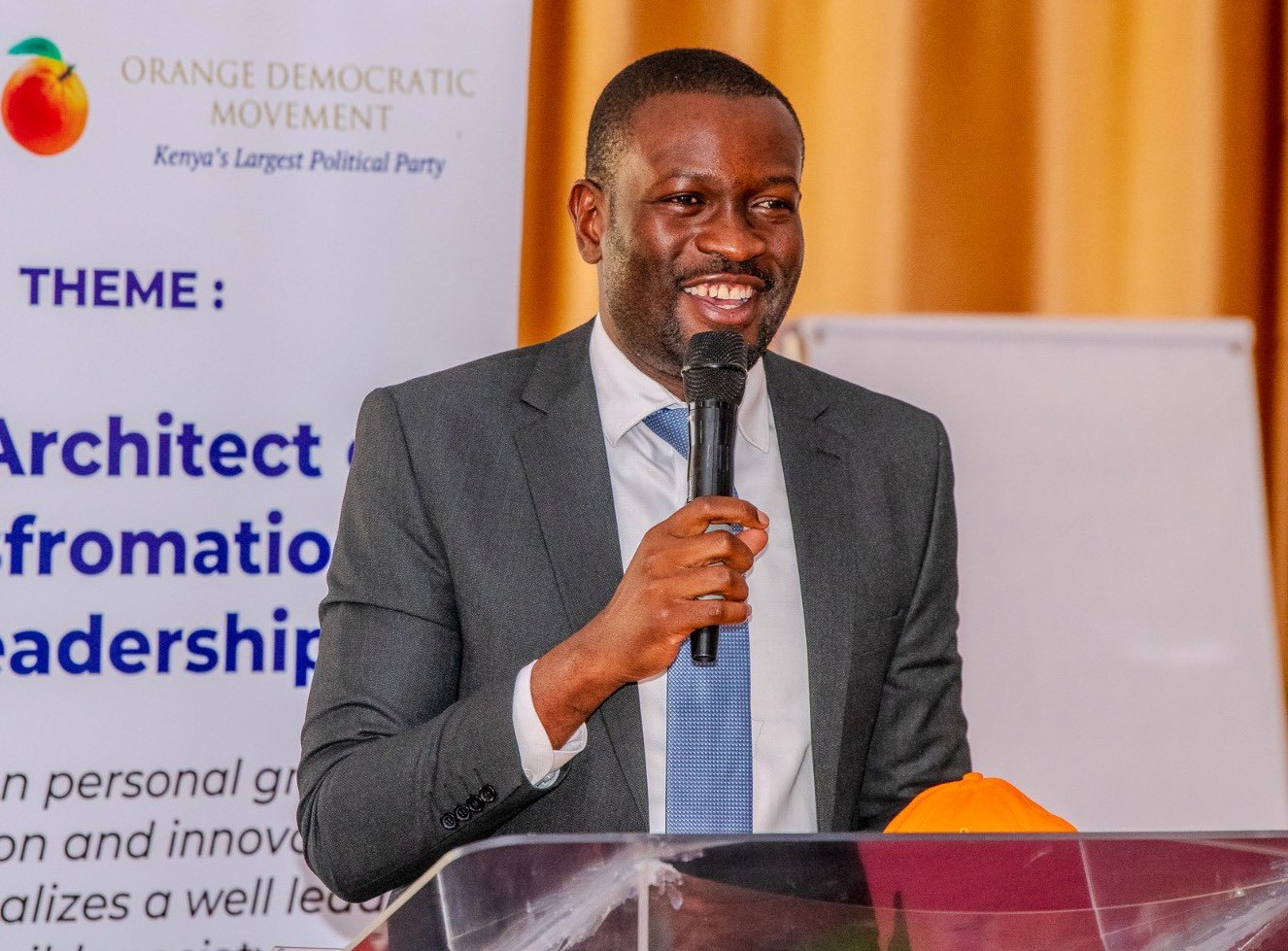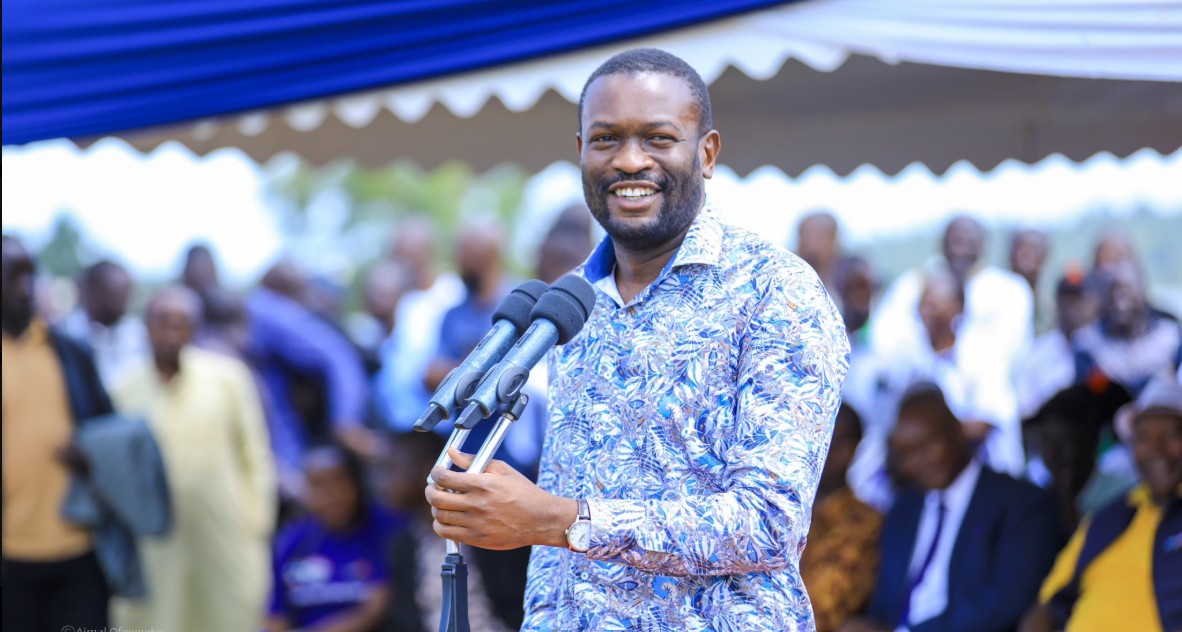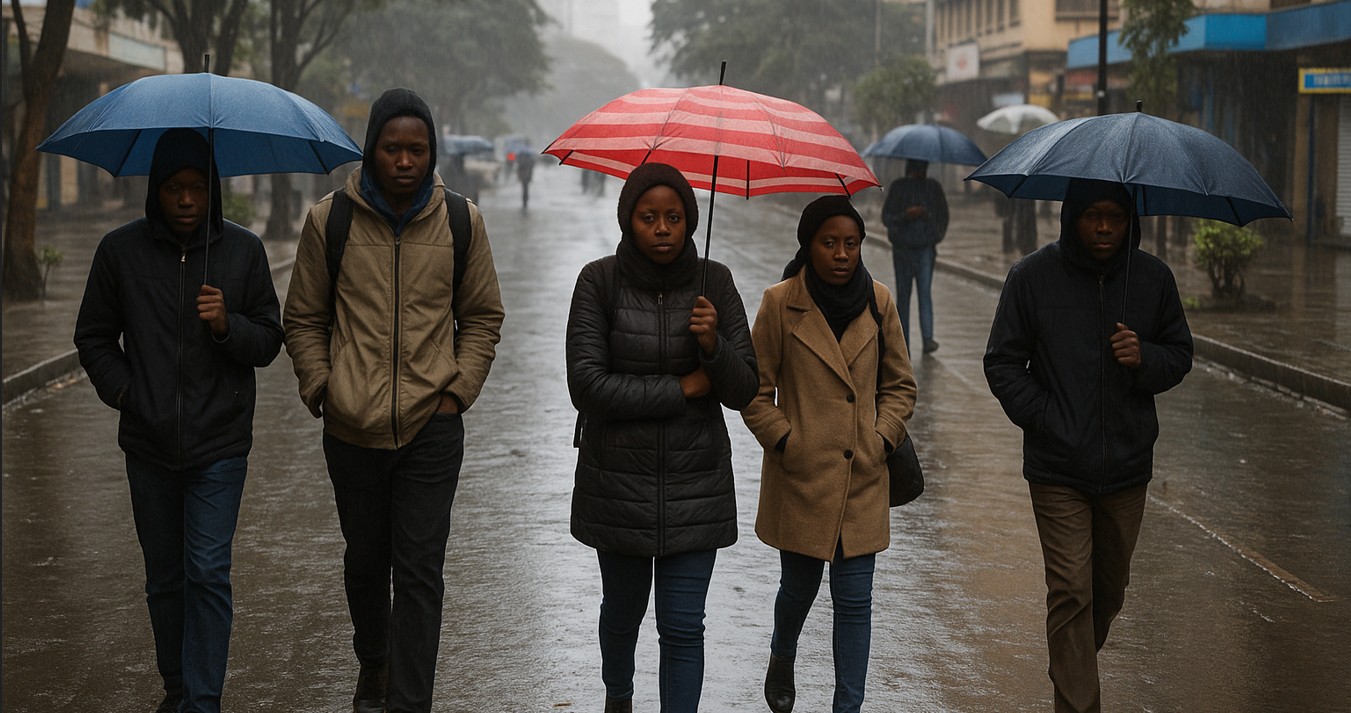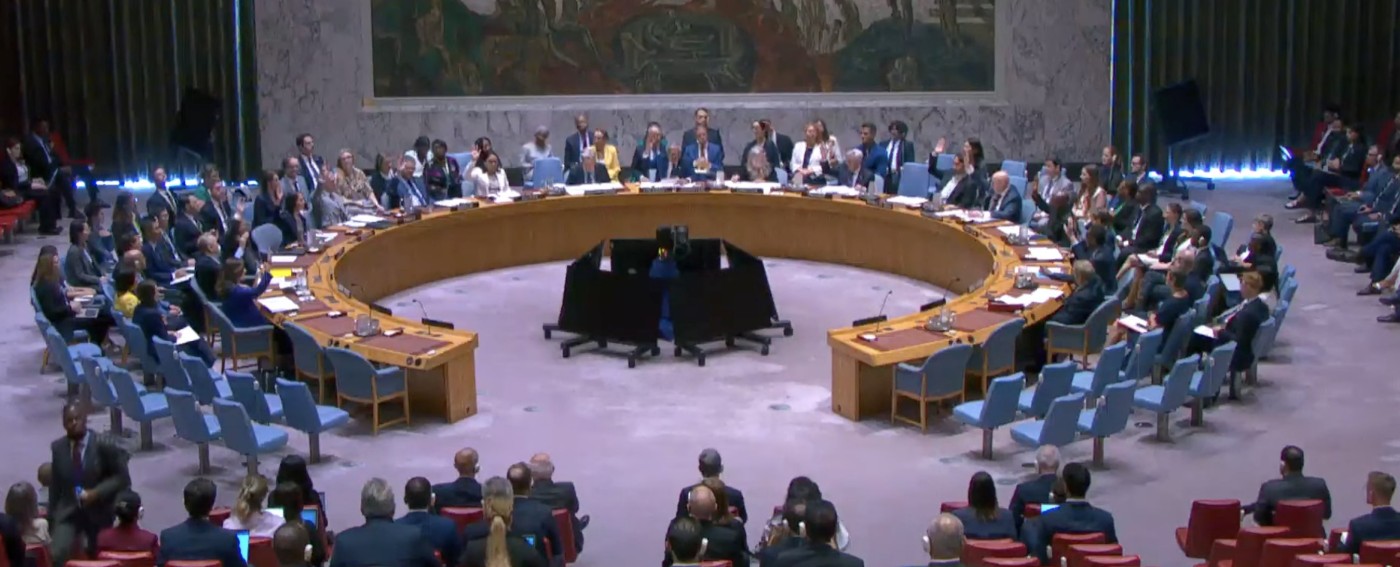Police arms register tampered with? Discrepancies emerge in Rex Masai murder case
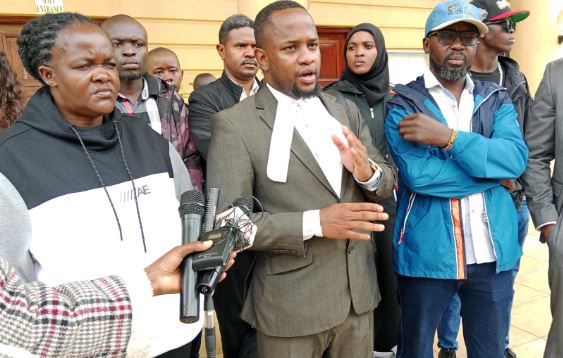
Two police officers attached to Central Police Station took the stand but struggled to explain discrepancies over the issuance of weapons on the day Masai was fatally shot in Nairobi’s CBD.
Fresh details have raised suspicions that a police arms register may have been tampered with, as the murder case into the shooting of Rex Kanyike Masai resumed in Nairobi.
Masai was shot dead during the 2024 anti-finance bill protests, triggering national outrage over police conduct.
More To Read
- Rex Masai inquest reveals major gaps in police investigation
- "All police cameras were offline": Ex-DCI officer reveals major obstacle in Rex Masai shooting probe
- That’s not me – police officer accused of shooting Rex Masai claims mistaken identity
- Inquest into Rex Masai's death resumes as crime scene investigator confirms police fired live bullets
- Anglican Church calls for compensation for protest victims
- DPP recommends murder charge against police officer Klinzy Barasa who shot mask vendor Boniface Kariuki
During a court session on Tuesday, scrutiny turned to the arms movement register used to track firearms issued to officers during the protests.
Two police officers attached to Central Police Station took the stand but struggled to explain discrepancies over the issuance of weapons on the day Masai was fatally shot in Nairobi’s central business district.
The officers’ testimonies appeared contradictory and inconsistent with entries in the arms movement register. One officer claimed he had been issued a particular firearm, only for the register to show that the same weapon had been signed out by a different officer.
Geoffery Mbae Murangiri, who shares a surname with Police Constable Isaiah Murangiri, the officer reportedly linked to Masai’s shooting, told the court he had been issued only a teargas launcher that day.
However, the register showed he had also been issued rubber bullets, raising further questions.
He insisted he was not involved in any shooting and denied knowledge of any officer named Isaiah Murangiri.
"I was issued with a tear gas launcher and not rubber bullets," he said.
"The records show I signed for rubber bullets, but I did not receive them. That was signed on behalf of someone else."
When questioned whether a tear gas launcher could release rubber bullets, Murangiri responded, "No, your honour, it can only release tear gas canisters."
Asked if the records could be trusted, Mbae said, "I’m not in a position to answer that."
Another officer, PC Simon Waweru, revealed he was issued a Jericho pistol with 15 rounds during the Gen-Z protests, but claimed he never signed for the firearm himself.
"There were alterations in the register," Waweru said.
"The armourer mistakenly wrote the wrong details and a whitewash was used to cancel them."
He admitted the force number on the record was his, but stated, "I did not sign it."
The use of whitewash on official arms movement records drew criticism from LSK lawyers.
"With such discrepancies, these records cannot be trusted by this court," one lawyer asserted.
In his evidence, Corporal Martin Githinji admitted entering names twice for the same day and using whitewash to correct errors, but denied intent to falsify records.
"The armoury officer guides where to sign, and in this case, I made a mistake and corrected it," he testified.
None of the officers admitted to using firearms on protesters.
"We did not use any firearms," said one. "Any reports of gunfire were not from our team unless criminals were armed."
Another witness, currently under witness protection, is expected to testify.
Last week, Police Constable Isaiah Murangiri denied claims that he was present at the scene of Masai’s fatal shooting, distancing himself from photographs presented in court, which the prosecution argued showed him along Uhuru Highway and other streets during the June 18, 2024, protests.
“I’m not the one. According to me, the pictures bear no resemblance,” Murangiri told the Milimani Law Courts before Magistrate Onsarigo.
He insisted that on June 18, he was stationed at the main entrance of the Kenyatta International Convention Centre (KICC), where he had been deployed. He maintained that he had only been issued teargas canisters during his deployment and did not use his teargas launcher or leave his assigned post at KICC throughout the day.
However, Murangiri’s testimony during cross-examination appeared to contradict earlier statements he made in court, where he claimed to have been at home looking for his sick child on the day Masai was shot.
The Independent Policing Oversight Authority (IPOA) highlighted the contradictions, raising concerns over the credibility of Murangiri’s testimony. IPOA noted that in earlier statements, Murangiri had indicated he was off duty on June 18 and nowhere near the city centre.
Paul Njihia, Assistant Director of Forensic Investigations at IPOA, testified that he had been instructed by the Deputy Director of Investigations to visit Mama Ngina Street on June 22, 2024, four days after Masai was allegedly shot.
Njihia told the court that the visit aimed to collect forensic evidence following the shooting of Masai during the anti-finance bill protests.
“At the scene, I observed what appeared to be dried blood near the International Life House,” Njihia said.
He collected the samples for DNA analysis.
Njihia further testified that he identified a bullet hole on a nearby building’s window, believed to have been caused by live ammunition. A deformed bullet was recovered at the scene and handed over to the Directorate of Criminal Investigations (DCI) for ballistic examination.
“I collected and documented the samples for DNA analysis and recovered a deformed bullet, which I forwarded to the DCI for ballistic examination,” he told the court.
Photographs Njihia took at the scene were also presented as evidence in court.
The case was adjourned to July 29, 2025.
Top Stories Today
Reader Comments
Trending
